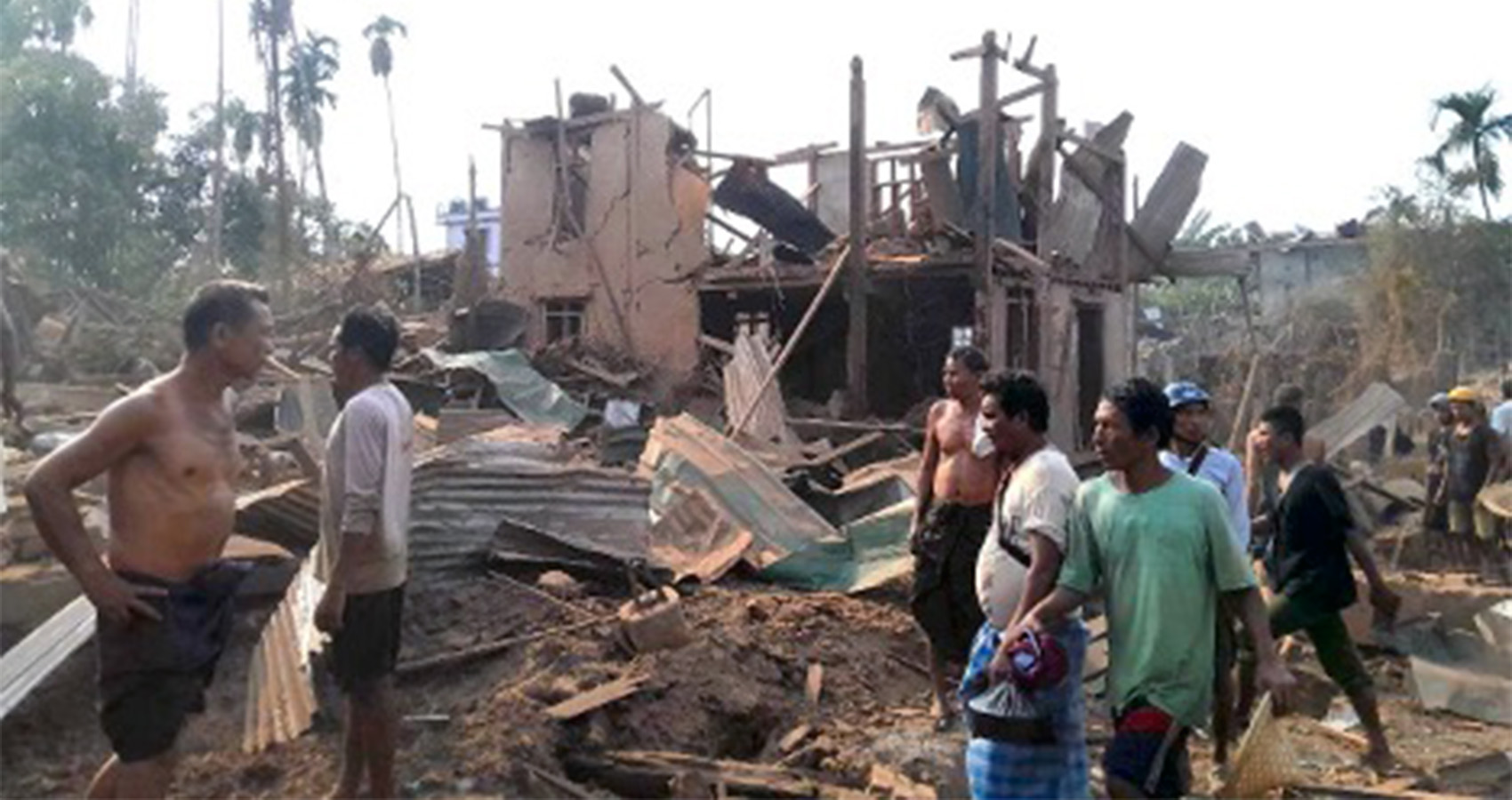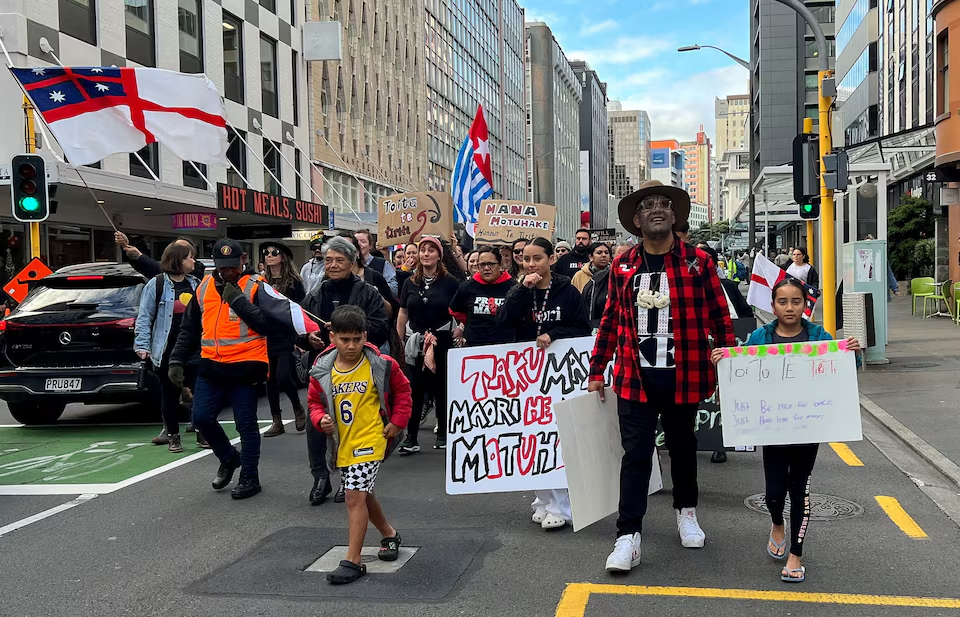Bangladesh and Argentina are working to deepen their bilateral trade relationship with a targeted focus on the garments and cotton sectors, as officials from both nations met to discuss enhanced cooperation and investment opportunities.
During a recent high-level meeting in Dhaka, Argentine Ambassador Marcelo Carlos Cesa and Bangladeshi trade representatives explored ways to boost imports of Argentine cotton and expand Bangladesh’s garment exports to Latin America. The initiative aims to build a mutually beneficial trade corridor that capitalizes on Argentina’s raw material strength and Bangladesh’s global reputation in apparel manufacturing.
The talks focused on aligning each country’s core industrial competencies. Argentina, as one of the world’s largest cotton producers, has a significant surplus of high-quality raw cotton, while Bangladesh—second only to China in garment exports—relies heavily on imported cotton to feed its vast apparel industry.
According to industry insiders, the meeting marked a significant step toward securing a long-term cotton supply deal that would help stabilize raw material sourcing for Bangladeshi manufacturers while opening up consistent export markets for Argentine growers.
Ambassador Cesa emphasized Argentina’s willingness to collaborate with Bangladesh across several trade verticals, particularly textiles, agro-products, and pharmaceuticals. “We see Bangladesh as a key partner in South Asia,” he said. “There is enormous potential to build strong trade synergies, especially in cotton and apparel.”
Bangladeshi officials, including representatives from the Bangladesh Garment Manufacturers and Exporters Association (BGMEA), welcomed the initiative. They noted that securing diversified cotton sources is crucial for ensuring uninterrupted production in a market driven by fast fashion and fluctuating supply chains.
The BGMEA also expressed interest in exploring export opportunities in Argentina and other Latin American countries, pointing to the region’s growing consumer demand for affordable and quality garments.
Trade between the two nations remains modest compared to their global engagements, but both sides agreed on the need to expand it. Currently, Bangladesh imports cotton from the United States, India, Brazil, and several African countries. Adding Argentina to that list could not only diversify its supply base but also hedge against price and geopolitical volatility.
The Argentine delegation further proposed exploring joint ventures in textiles and textile machinery, suggesting technical cooperation to enhance productivity and sustainability in Bangladesh’s garment sector. In turn, Bangladeshi entrepreneurs expressed interest in leveraging Argentina’s advanced agriculture and biotechnology sectors for knowledge transfer.
Officials also discussed the possibility of hosting trade fairs, B2B meetings, and policy forums to further trade facilitation. Both countries aim to establish a formal framework or memorandum of understanding in the coming months to give institutional backing to the proposals made during the meeting.
Experts say the initiative fits into a broader strategy by both countries to pursue South-South cooperation, diversifying their trade dependencies away from traditional Western partners. As global trade dynamics shift, such bilateral efforts are becoming increasingly critical to national economic security and growth.
This initiative also comes at a time when Bangladesh is actively seeking new export markets ahead of its graduation from Least Developed Country (LDC) status in 2026, a transition that will end many of its current trade privileges with developed countries. Expanding ties with non-traditional partners like Argentina is seen as a proactive strategy to mitigate future trade disruptions.
Both sides are expected to continue technical-level consultations in the coming weeks, with follow-up meetings likely to finalize trade pathways. For now, the discussions have laid a foundation for what could become a significant garment and cotton corridor between South Asia and South America.
Source: Apparel Resources



